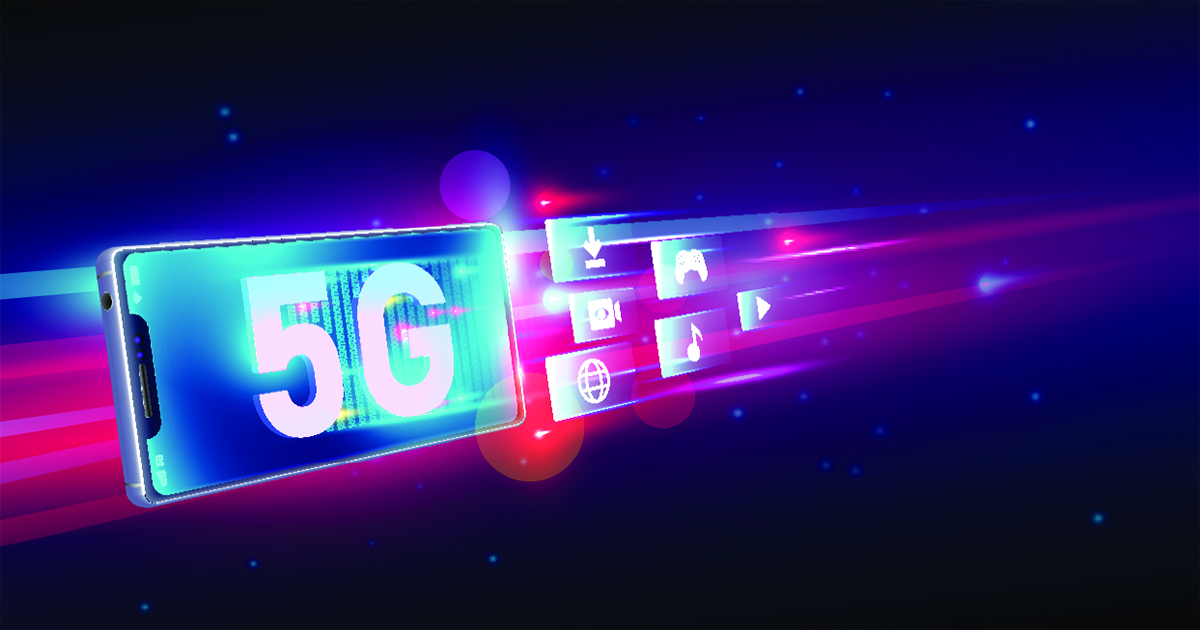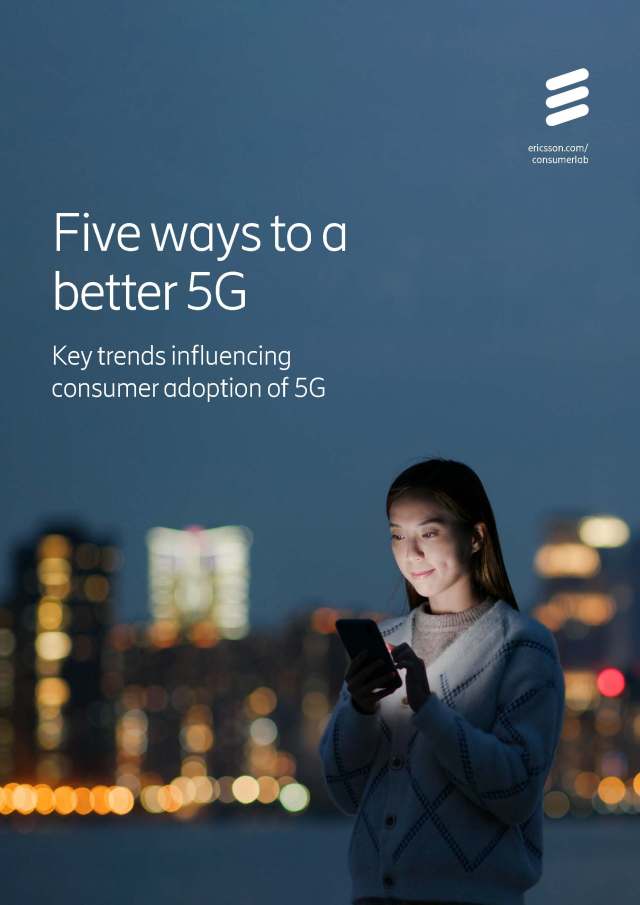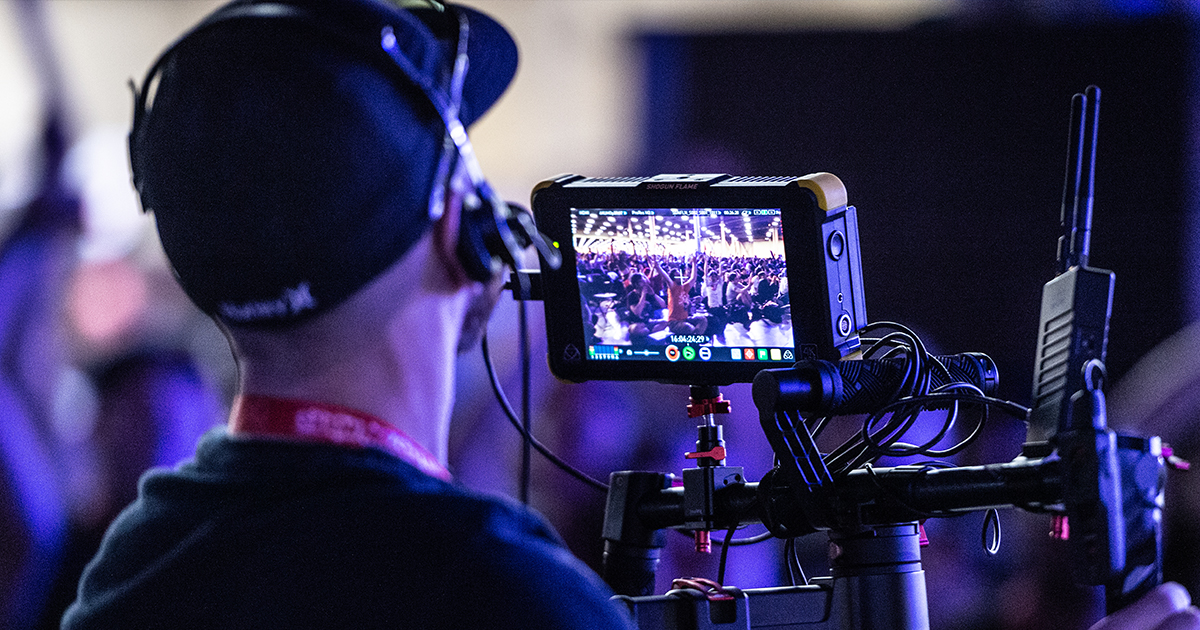
A team meeting where everyone appears as 3D holograms; restaurants using open AR cloud to send discounts to your smartphone; multiple camera angles of the big match viewed in 4K on smartglasses.
These are just some of the digital services Ericsson believes possible in less than four years’ time with 5G, but 5G subscribers are impatient now.
Ericsson’s report, “Five Ways to a Better 5G,” found early adopters satisfied with the speed the next-generation networks can deliver, but 70% were dissatisfied with the availability of heavily promoted “innovative” services and new apps.
The report is based on a study of 5G consumer sentiment and perception in 20 markets, exploring key trends behind adoption. It is claimed to be representative of 1.3 billion smartphone users globally — taking the views of users in the US, China, South Korea, and the UK — including that of 220 million 5G subscribers.
It expects at least 300 million consumers across those markets to be 5G subscribers by the end of this year. If 5G commercial launches take place in other markets like India, Brazil and Indonesia, then this figure could be surpassed.
Already new usage behaviors are being observed. Among them is a displacement of Wi-Fi use both at home and in other locations.
With more time spent at home, the first experience that some consumers had with 5G in 2020 was indoors. The analysis suggests that 5G indoor coverage, at home and in public places like malls and stores, is relatively more important than 5G speeds and even battery life in driving overall consumer satisfaction, especially during the pandemic.
In markets like the US, Taiwan, Switzerland, and South Korea, where a higher proportion of 5G users are on unlimited plans, 22% have decreased their home Wi-Fi usage, while 10% claim they have stopped using Wi-Fi on smartphones after upgrading to 5G.
WAIT, WE’RE ALREADY TALKING ABOUT 6G? WHAT ABOUT 5G?
6G may already be on the horizon, but there’s still a lot to understand about the benefits — and limitations — of 5G, which is rolling out across the US but has yet to reach peak saturation. Dive into these selections from the NAB Amplify archives to learn what, exactly, 5G is, how it differs from 4G, and — most importantly — how 5G will bolster the Media & Entertainment industry on the road ahead:
- Why 5G is the Cool Thing That Still Hasn’t Happened
- Without a Killer App, We’re Still Waiting on 5G
- Why Is 5G Advanced So Important to 5G Adoption?
- 5G Technology Goes Way Beyond Better Cellphone Service
- 6G Mobile Networks Begin to Take Shape… With 7G Already in the Wings
5G users are more likely to engage in data rich so-called “immersive” applications than 4G users. 5G users not only spend two hours more per week streaming HD mobile video than 4G users, but have also started to use enhanced video apps involving streaming of multi-angle views and 360-degree video content. New services like cloud gaming and AR apps also see a rise in weekly usage per week by 5G users.
On the plus side for operators, it seems that consumers are willing to pay more for these immersive content services — up to 30% more for 5G plans bundled with them.
However, there are marked differences in markets across the globe. In Australia and the UK, smartphone users were willing to pay an additional 7%, while in UAE and China it was 30% and 45% more respectively, compared to what smartphone users say they pay today for a 4G plan.
“5G users not only spend two hours more per week streaming HD mobile video than 4G users, but have also started to use enhanced video apps involving streaming of multi-angle views and 360-degree video content.”
Globally, 67% of consumers are willing to pay for a 5G TV service, while 57% are willing to pay for a best-seat event experience, a personalized viewing experience for sports or other 5G home broadband is a rural and urban opportunity. In the survey, 18% of consumers see 5G fixed wireless access (FWA) services to be extremely relevant.
In addition, different versions and flavors of 5G network capabilities being marketed using tech jargon by service providers are contributing to this knowledge gap.
In the US for example, mmWave is being marketed by Verizon while T-Mobile promotes lower and mid-band frequencies. The former favors applications in densely packed urban areas, the latter performs better over distances and in rural areas. Both are 5G.
If the value of 5G technology had been better marketed, in terms that were more relevant to consumers’ needs, Ericsson says, an additional 22% of consumers globally, who already owned 5G-ready smartphones in 2020, could have upgraded to a 5G plan.
Among other recommendations, the “Five Ways to a Better 5G report” also advised operators to ensure consistent quality of indoor and outdoor 5G coverage, adapt to network requirements for new 5G services and focus on consumer intent to envision new 5G use cases.





